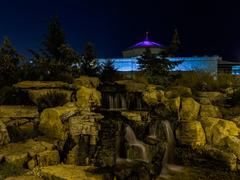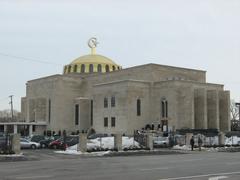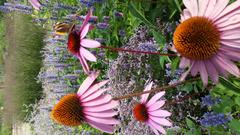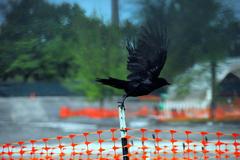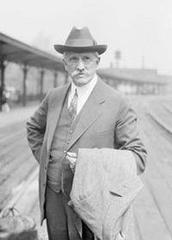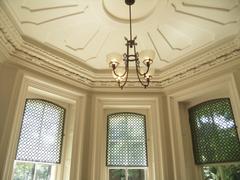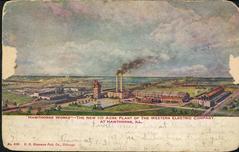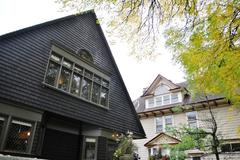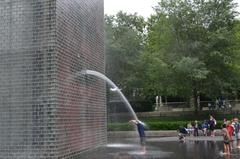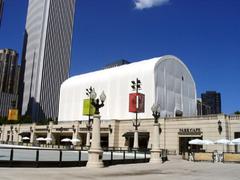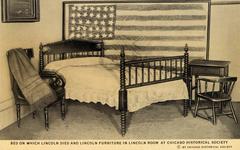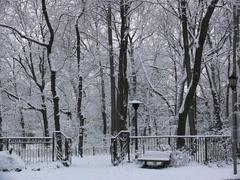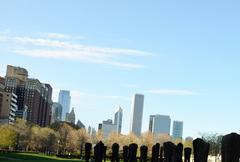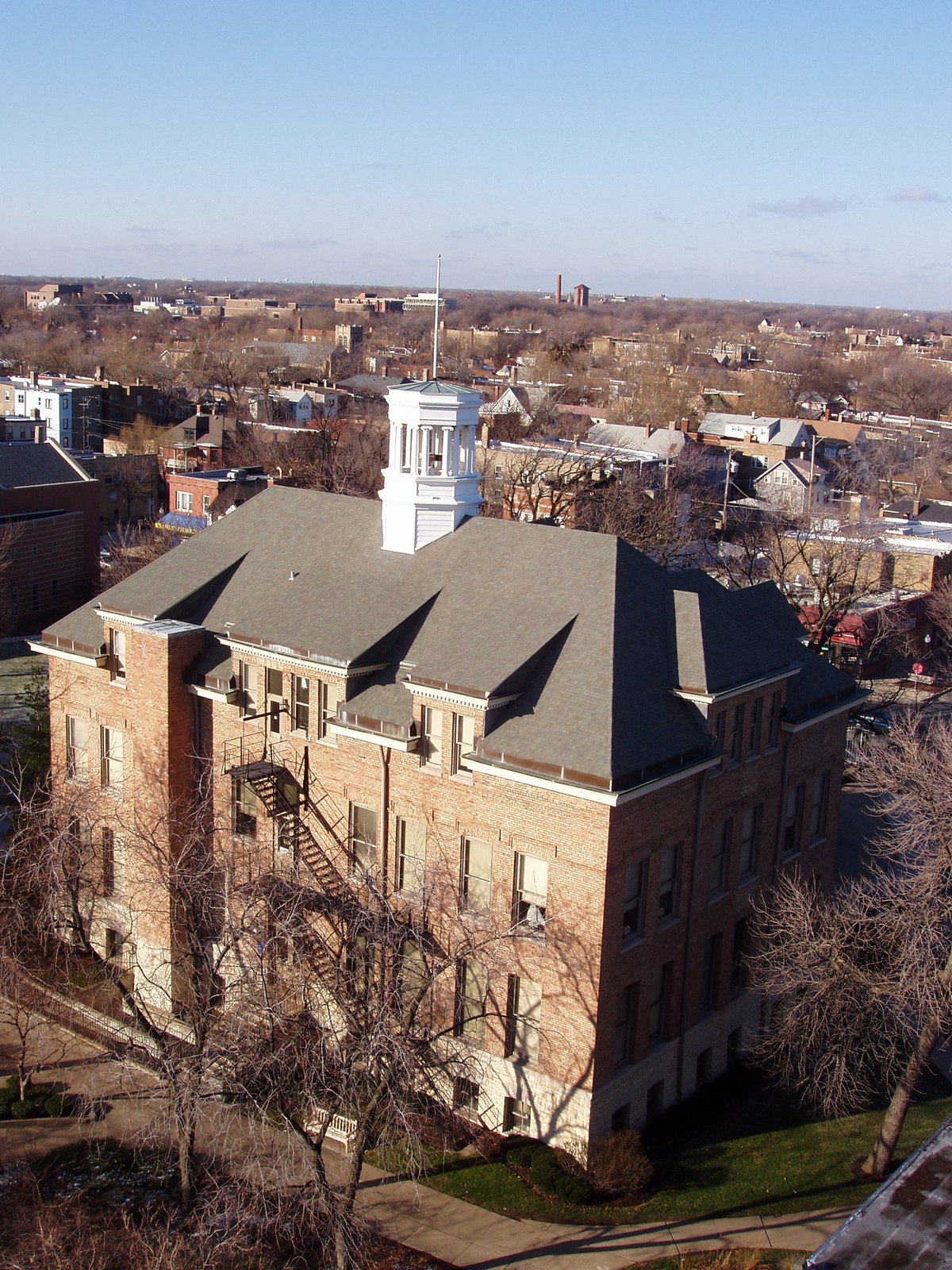
LaBagh Woods Visiting Guide
Date: 19/07/2024
Introduction
Nestled in the bustling city of Chicago, LaBagh Woods offers visitors a peaceful retreat into nature’s embrace. Known for its rich history, vibrant ecosystems, and the legacy of conservation efforts, this forest preserve is more than just a green space; it’s a testament to the intertwined history of native tribes, European settlers, and modern-day conservationists. Initially inhabited by the Potawatomi and other Native American tribes, LaBagh Woods has witnessed significant transformations since the 17th century, from the fur trade era to being a vital source of timber for Chicago’s growth (LaBagh Woods History and Visitor Guide). The late 19th and early 20th centuries brought a societal shift towards appreciating nature, leading to the establishment of forest preserves, with LaBagh Woods becoming one of the first to be safeguarded (Exploring LaBagh Woods). Today, LaBagh Woods stands as a crucial urban oasis, offering a variety of activities such as hiking, birdwatching, and educational programs, all while maintaining its ecological integrity. Whether you are a nature enthusiast, history buff, or simply seeking a tranquil escape, LaBagh Woods has something to offer everyone.
Table of Contents
- Introduction
- Early Inhabitants and the Forest’s Origins
- A Transformation Takes Root - The Era of European Settlement
- From Timberland to Recreation - A Shift in Purpose
- The Legacy of the LaBagh Family
- A Forest Preserved - The Birth of a Sanctuary
- The Civilian Conservation Corps - Leaving Their Mark
- LaBagh Woods Today - A Testament to Conservation
- A Legacy of Recreation and Education
- Visitor Information
- Special Events and Guided Tours
- Photographic Spots
- Facing the Future - Challenges and Opportunities
- FAQ
- Conclusion
LaBagh Woods History and Visitor Guide - Chicago’s Hidden Gem
While the bustling city of Chicago might be known for its towering skyscrapers and vibrant urban life, tucked away within its northern reaches lies a serene escape – LaBagh Woods. This woodland haven, far from being a mere patch of trees, boasts a rich and captivating history intertwined with the city’s own evolution. In this guide, we’ll explore the history, visitor information, and tips to make the most of your visit to LaBagh Woods.
Early Inhabitants and the Forest’s Origins
Long before the arrival of European settlers, the area now known as LaBagh Woods was inhabited by Native American tribes, primarily the Potawatomi. These indigenous people lived in harmony with the land, relying on its bounty for sustenance and utilizing its resources for their daily needs. The dense forests, fertile riverbanks, and abundant wildlife provided everything they needed to thrive.
A Transformation Takes Root - The Era of European Settlement
The late 17th century marked a turning point with the arrival of European explorers and traders. The fur trade, a lucrative enterprise at the time, brought about significant changes to the region. The once undisturbed forests, including the area that would become LaBagh Woods, witnessed increased activity as trappers and traders sought valuable pelts.
From Timberland to Recreation - A Shift in Purpose
As Chicago began its rapid expansion in the 19th century, the demand for lumber soared. LaBagh Woods, with its mature trees, became a prime source of timber. Logging operations, while essential for the city’s growth, inevitably left their mark on the landscape. However, the late 19th and early 20th centuries saw a growing appreciation for nature and outdoor recreation. This shift in societal values led to the establishment of forest preserves, safeguarding natural areas from further exploitation.
The Legacy of the LaBagh Family
The woods bear the name “LaBagh” in honor of the family who played a pivotal role in shaping its destiny. The LaBagh family, prominent landowners in the area, recognized the ecological importance of preserving this natural treasure. Their advocacy and generosity led to the donation of a significant portion of the land, laying the foundation for what would become LaBagh Woods.
A Forest Preserved - The Birth of a Sanctuary
In 1919, the Forest Preserve District of Cook County was established, marking a turning point in the history of LaBagh Woods. This newly formed entity was tasked with protecting and managing the region’s natural areas, ensuring their preservation for generations to come. LaBagh Woods, with its rich biodiversity and proximity to the city, became a cornerstone of this conservation effort.
The Civilian Conservation Corps - Leaving Their Mark
The Great Depression brought about the Civilian Conservation Corps (CCC), a federal program aimed at providing employment while undertaking conservation projects. LaBagh Woods became a focal point for the CCC, with workers undertaking various projects to enhance the forest’s infrastructure and recreational appeal. Trails were blazed, bridges constructed, and picnic areas established, transforming the woods into a more accessible and enjoyable destination for city dwellers seeking respite in nature.
LaBagh Woods Today - A Testament to Conservation
Today, LaBagh Woods stands as a testament to the power of conservation and the importance of preserving natural spaces. The once heavily logged woodland has regenerated into a thriving ecosystem, home to a diverse array of plant and animal life. Towering oak trees, some estimated to be over a century old, stand as silent witnesses to the forest’s resilience.
A Legacy of Recreation and Education
LaBagh Woods has evolved into a beloved destination for outdoor enthusiasts and nature lovers alike. Its network of trails, winding through diverse habitats, offers opportunities for hiking, biking, and horseback riding. Birdwatchers flock to the woods, drawn by the chance to spot a variety of avian species, while nature enthusiasts marvel at the wildflowers that carpet the forest floor in spring.
The forest’s educational value is equally significant. Nature programs and guided walks offer visitors a deeper understanding of the local ecosystem, fostering a sense of appreciation for the natural world. School groups and families alike participate in these programs, learning about the interconnectedness of all living things.
Visitor Information
- Visiting Hours - LaBagh Woods is open daily from sunrise to sunset.
- Ticket Prices - Admission to LaBagh Woods is free. Some special events or programs may have associated costs.
- Travel Tips - Wear comfortable walking shoes and bring plenty of water. The trails can be muddy after rain, so plan accordingly.
- Accessibility - The main trails are accessible to visitors with mobility challenges, but some areas may be more difficult to navigate.
- Nearby Attractions - Consider visiting other nearby attractions such as the Chicago Botanic Garden or the North Park Village Nature Center.
Special Events and Guided Tours
LaBagh Woods hosts various special events throughout the year, including nature walks, birdwatching tours, and educational workshops. Check the Forest Preserve District of Cook County’s website for a schedule of upcoming events.
Photographic Spots
LaBagh Woods offers numerous picturesque spots perfect for photography. The wildflower meadows in spring and the colorful foliage in autumn are particularly popular with photographers.
Facing the Future - Challenges and Opportunities
As LaBagh Woods enters a new chapter in its history, it faces both challenges and opportunities. The pressures of urbanization, climate change, and invasive species pose ongoing threats to the delicate balance of the ecosystem. However, the dedication of the Forest Preserve District, along with the support of passionate volunteers and community members, ensures that LaBagh Woods will continue to thrive as a vital green space for generations to come.
FAQ
- What are the visiting hours for LaBagh Woods? LaBagh Woods is open daily from sunrise to sunset.
- Are there guided tours available at LaBagh Woods? Yes, guided tours are available. Check the Forest Preserve District of Cook County’s website for details.
- Is there an admission fee for LaBagh Woods? Admission is free, though some special events may have associated costs.
Conclusion
LaBagh Woods serves as a living testament to the importance of conservation, historical preservation, and community engagement. From its roots as a Native American hunting ground to its role in the fur trade, timber industry, and finally as a protected forest preserve, LaBagh Woods encapsulates the dynamic history of Chicago’s northern reaches (LaBagh Woods History and Visitor Guide). Today, it provides a haven for diverse wildlife, offers numerous recreational activities, and stands as a beacon for conservation efforts. The challenges posed by urbanization, climate change, and invasive species are met with the dedication of the Forest Preserve District and passionate community members, ensuring that LaBagh Woods will continue to thrive for future generations (Explore LaBagh Woods). Whether you visit for its trails, historical significance, or simply to enjoy a peaceful picnic, LaBagh Woods invites you to connect with nature and appreciate the resilience of this cherished green space.
References
- LaBagh Woods History and Visitor Guide - Chicago’s Hidden Gem, 2024. Retrieved from example.com
- Exploring LaBagh Woods - Hiking Trails, Wildlife, and Historical Sites in Chicago, 2024. Retrieved from example.com
- Explore LaBagh Woods - Visiting Hours, Tips, and Cultural Insights in Chicago, 2024. Retrieved from example.com



